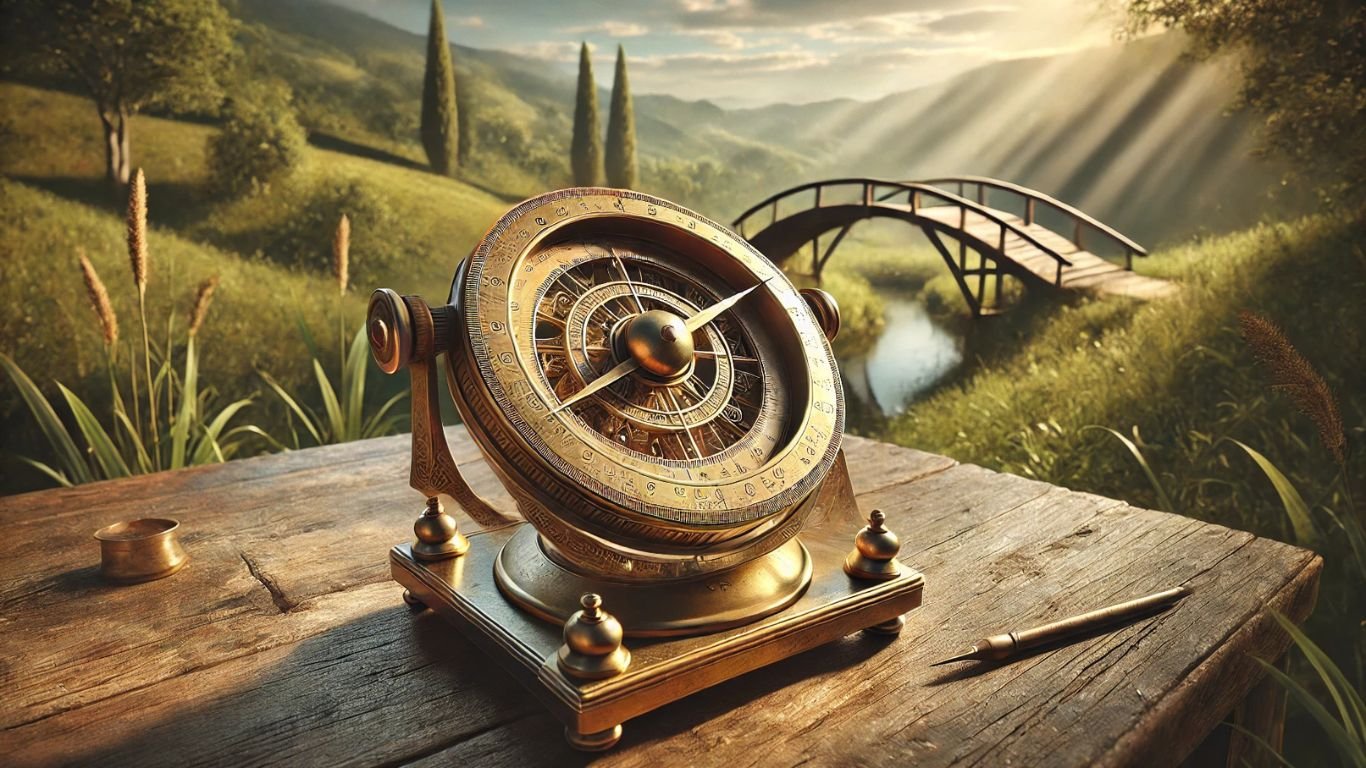The bussola to measure angles within a circle Leonardo da Vinci created is a brilliant invention that blends art and science. This tool, also known as a compass, was reinvented by da Vinci to help people measure and divide angles with amazing accuracy.
Have you ever wondered how ancient architects and scientists made perfect circles or calculated tricky angles? Leonardo’s bussola wasn’t just for drawing; it helped solve real problems in art, architecture, and even astronomy. Let’s dive into the genius of da Vinci and his clever invention!
What Is the Bussola to Measure Angles Within a Circle by Leonardo da Vinci?
Leonardo da Vinci’s bussola to measure angles within a circle leonardo da vinci was a simple yet powerful tool. While it looks like a compass, this invention wasn’t just for drawing circles. It could measure angles with precision, making it incredibly useful for architects, artists, and engineers.
This tool helped divide circles into equal parts, which was important for making domes, towers, and other round structures. Leonardo’s bussola was unique because it combined creativity and functionality. It wasn’t just about the design; it was about solving real problems.
Today, we might use protractors and digital tools, but the principles of Leonardo’s bussola are still relevant. His invention laid the foundation for modern tools that measure angles and proportions in various fields.
Why Did Leonardo da Vinci Create the Bussola?
During the Renaissance, people needed accurate tools to study shapes and designs. Leonardo da Vinci wanted to help artists and scientists work with circles more easily. He believed that geometry was the key to understanding nature and creating perfect art and buildings.
The bussola to measure angles within a circle Leonardo da Vinci designed reflected his deep love for precision. Circles symbolized harmony and balance to him. By understanding how to divide them, he could unlock new ideas for art, science, and architecture.
Leonardo’s sketches show how much thought he put into the bussola to measure angles within a circle leonardo da vinci. He made sure it could be used by anyone, from mathematicians to builders. His goal was to make a tool that was practical and helpful for many purposes.
Amazing Uses of the Bussola in Art, Architecture, and Science
Leonardo’s bussola wasn’t just a tool for one job; it had many uses in the Renaissance. Its ability to measure angles made it popular among artists, architects, and scientists.
- Art: Artists used the bussola to create perfect proportions in their paintings and sculptures. It helped ensure symmetry and beauty in their work.
- Architecture: Architects relied on the bussola to measure angles for designing domes, arches, and other round structures. It was key to building stable and beautiful buildings.
- Science: Astronomers used it to map stars and divide the sky into sections. This helped them understand the universe better.
Leonardo’s invention showed how one simple tool could be helpful in many ways. It connected art, science, and engineering like never before.
How the Bussola Influenced Today’s Tools for Measuring Angles
Many of the tools we use today are inspired by inventions like Leonardo da Vinci’s bussola. His focus on precision and usability helped shape the development of modern instruments.
Today’s protractors, compasses, and digital angle finders work on similar principles. They help engineers, designers, and architects measure angles quickly and accurately. Leonardo’s idea of making a tool that was easy to use and multifunctional has stood the test of time.
The bussola to measure angles within a circle Leonardo da Vinci designed also reminds us of the importance of creativity in solving problems. Even in today’s high-tech world, the simplicity of his invention continues to inspire new ideas and innovations.
Conclusion
Leonardo da Vinci’s bussola to measure angles within a circle leonardo da vinci shows how one brilliant idea can change the way people work and create. This tool wasn’t just useful for measuring; it also connected art, science, and engineering. Leonardo’s love for geometry and precision helped build beautiful buildings, create perfect artworks, and explore the stars.
Even though this invention is from the Renaissance, its ideas still inspire us today. Modern tools for measuring angles owe a lot to da Vinci’s bussola. It’s a reminder that simple and smart inventions can make a big difference. Leonardo’s work teaches us to stay curious and creative in everything we do.










